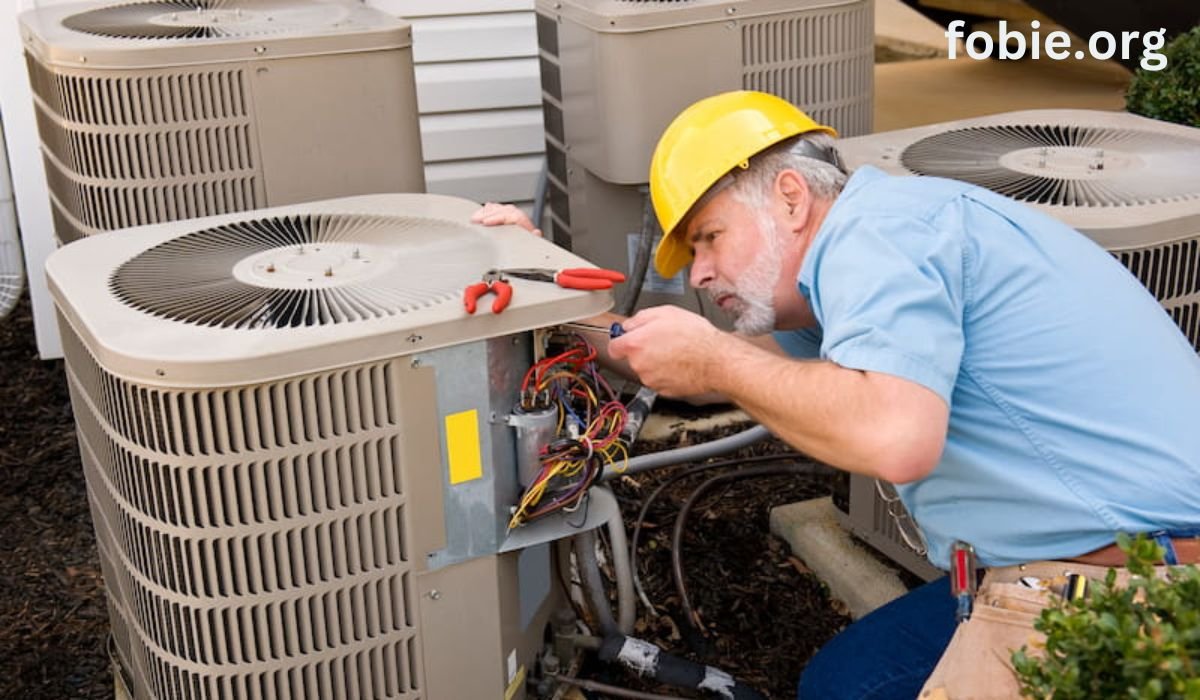Introduction to Power Grids
Power grids are:
- An integral part of modern society.
- Ensuring that electricity generated at power plants reaches homes.
- Businesses.
- Essential services.
These vast networks are responsible for consistently meeting the energy needs of an ever-growing population. Organizations like ERCOT manage the flow of electricity and ensure that the grid remains stable despite fluctuations in demand. This involves balancing the supply generated from various sources and maintaining the infrastructure to support this distribution. The functioning of power grids involves a concerted effort combining technology, workforce, and stringent regulations. These systems must be resilient enough to handle extreme weather conditions, natural disasters, and other challenges while ensuring cost-effective and reliable power distribution. Effective management includes real-time monitoring and quick response systems to manage any discrepancies or faults in the grid, ensuring uninterrupted power supply to consumers.
How Power Grids Work
A sophisticated network of interconnecting distribution lines, transformers, substations, and transmission lines powers power grids. Power generation facilities are at the center, such as those using nuclear energy, fossil fuels, or renewable energy sources like wind and solar farms. After it is produced, electricity is sent via high-voltage lines to substations, where it is safely distributed locally by lowering the voltage. According to the U.S. Department of Energy, the national grid operates at different voltage levels to optimize efficiency and minimize losses during transmission. This multi-tiered structure enables seamless power distribution from the point of generation to end-users, ensuring that power reaches even the most remote areas efficiently. Understanding the flow from high-voltage transmission to low-voltage distribution is crucial for maintaining grid stability and reliability.
Types of Power Grids
Power grids can be classified into several types, each serving a distinct function and scope:
- National Grids: These cover entire countries and are usually state-operated. They ensure nationwide electricity supply and coordinate between various regional grids. National grids are essential to a country’s infrastructure, providing a backbone for electricity distribution and enabling economic activities.
- Regional Grids: These are smaller sections of the national grid. They manage electricity distribution within specific geographic areas, often crossing state lines. Regional grids help distribute electricity more efficiently within localized areas and can sometimes operate semi-independently to manage local energy resources effectively.
- Microgrids: Localized grids can function separately or with the national grid. They are frequently utilized in isolated locations or vital establishments like data centers and hospitals. Microgrids improve resilience by supplying standby power and guaranteeing that critical services continue to function even in the event of more enormous grid disruptions.
Technological Innovations in Power Grids
Luckily, some of these issues are being resolved by technology developments. Real-time monitoring and control of electrical flows is made possible by developing intelligent grids, which boost dependability and efficiency. These systems optimize electricity distribution and promptly address problems using sophisticated sensors and data analytics. Smart grids can facilitate the incorporation of renewable energy sources through improved supply and demand balance. Another invention that aids in anticipatorily identifying possible grid infrastructure flaws before they worsen into serious issues is predictive maintenance. This means employing data analytics and machine learning algorithms to detect equipment issues and schedule maintenance work proactively. The use of batteries and other energy storage technologies to buff excess electricity from renewable sources and enhance grid stability is growing.
Future of Power Distribution
The future of power grids lies in sustainable energy sources and distributed generation. With the increasing adoption of renewable energy, power distribution will become more decentralized, relying on smaller, localized grids that can operate independently and provide increased reliability. This shift towards distributed generation will require new grid management and regulation models, fostering a more flexible and resilient energy system.
Furthermore, advancements in grid technology, such as blockchain and the Internet of Things (IoT), can alter how power is distributed and circulated thoroughly. Real-time data on grid performance can be obtained via IoT devices, allowing for more effective and responsive management. Blockchain technology can improve decentralized grid management and peer-to-peer energy trade while improving grid security and transparency. These technologies open the door to more intelligent and resilient energy systems by providing promising solutions to improve grid security, efficiency, and transparency.
Conclusion
The evolution of power grids is crucial for meeting future energy demands and achieving sustainability goals. Technological advancements and strategic planning are vital to overcoming current challenges and building a more resilient and efficient grid. As society continues to rely heavily on electricity, the modernization of power grids will be indispensable in ensuring a stable and reliable power supply for all. Ongoing efforts in grid innovation, infrastructure upgrades, and regulatory reforms will be pivotal in shaping the future landscape of power distribution.











